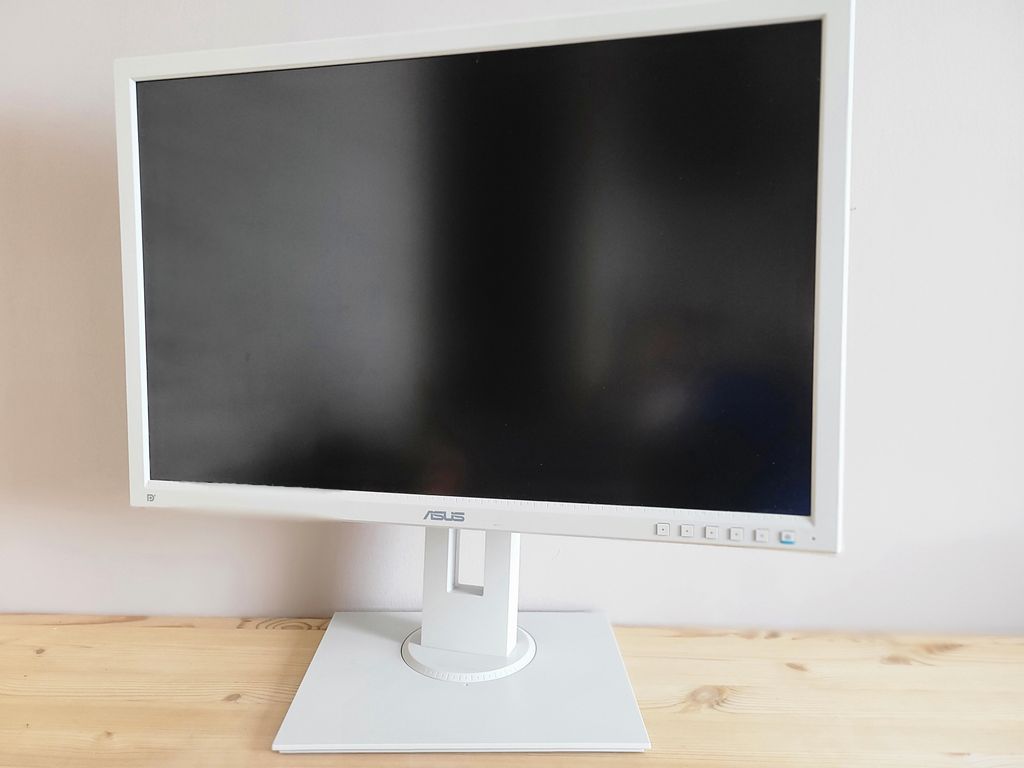
More and more often we can find at computer stations at least 2 monitors. The second monitor is useful in many applications because it allows us to expand our workspace. One could even argue that a second monitor is slowly becoming a standard these days. The only question is whether the auxiliary monitor needs to have a higher refresh rate, HDR since it is only going to display a meeting on Teams or chat GPT while programming 😉.
Does every monitor have to be new?
The market for leased equipment is developing rapidly, where many companies offer branded equipment in very good condition, often with a warranty for a fraction of the price of new equipment from the store.
The monitor market is particularly unique because for many years, there haven't been many revolutions in it - which means that even monitors a few years old are completely sufficient for daily computer work while offering an attractive price due to their age.
Monitors themselves are also significantly less prone to failure than televisions due to the simplicity of the solutions, so we don't have to worry about a few-year-old used equipment.
What to consider?
Our task today will be to choose a monitor up to 50$ that will serve well as a secondary monitor (or even as a primary one for less demanding users). What will we base our choice on?
screen resolution: >= 1920x1080px
size: >=24 inches
panel: LED IPS or VA - TN panels are too outdated
ports: HDMI or Display Port - monitors with only D-Sub or DVI are excluded
Pivot function - to allow for both vertical and horizontal orientation
class A - monitor without defects
What will we find on auction portals?
When browsing a well-known auction portal, we can mainly come across models:
HP E241i
Fujitsu P24W-7
Dell U2412
ASUS BE24A
We decided to purchase the last one for testing. This monitor offers an excellent price/quality ratio. In class B (with minor scratches that are insignificant in use), it can be purchased for 20$! We opted for a Class A model (completely free of defects) for 35$! Asus BE24A provides very good image quality, which stands out in this price category. The colors are vibrant, and the contrast is satisfying, making it ideal for everyday use. With this monitor for up to 50$, users can enjoy sharp details while browsing photos or watching movies. It is worth emphasizing that even in the case of intense action scenes, the monitor for up to 50$ zł manages to reproduce motion without leaving trails.
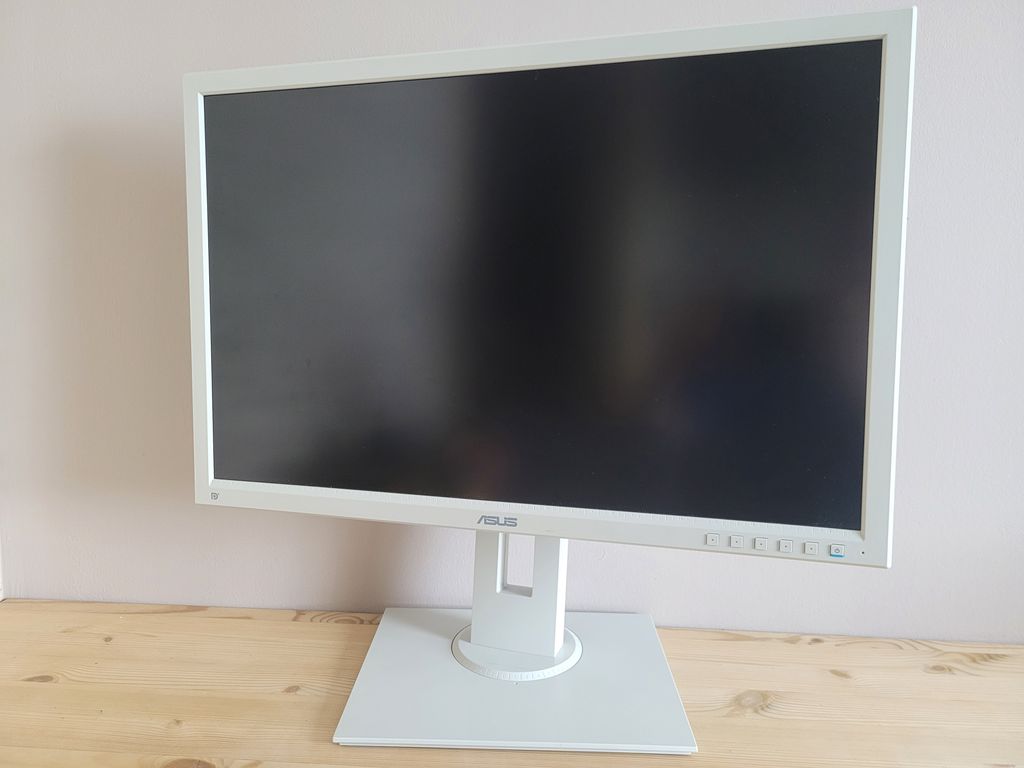
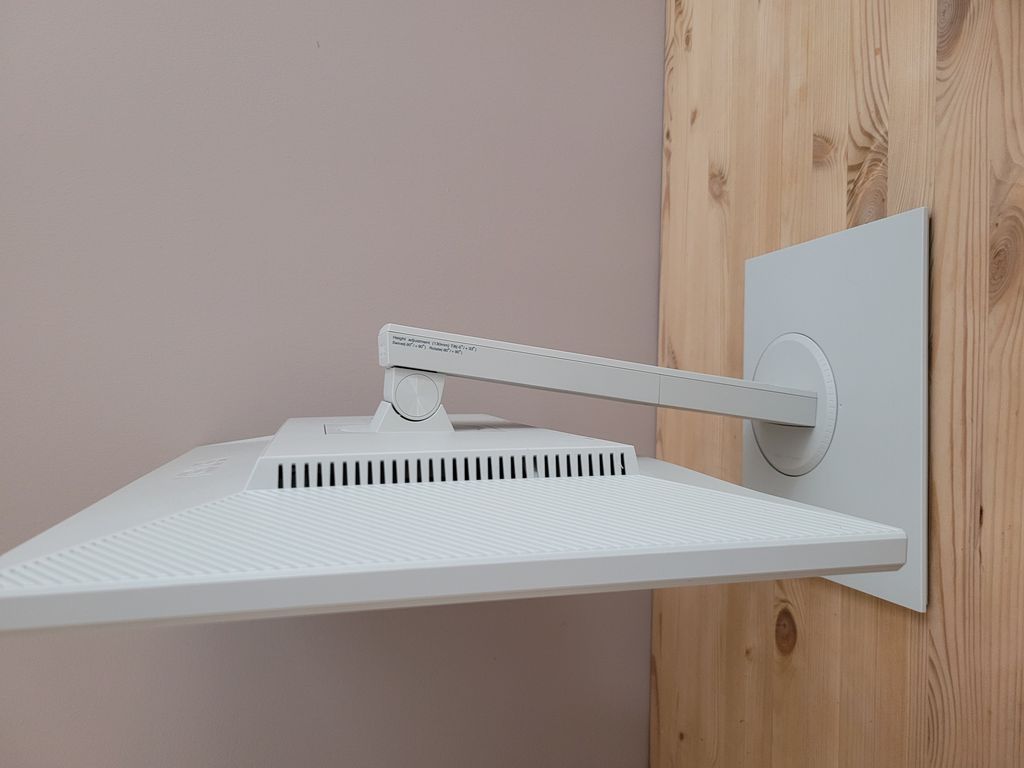
ASUS BE24A
We purchased the monitor in white. If it bothers someone too much, one can choose the black version for an additional cost of about 10$.
The monitor has the following specifications:
24-inch IPS panel
Resolution 1920x1200px
Aspect ratio 16:10 - slightly wider workspace than the standard 16:9
Response time 5ms - not significant for our applications
Brightness 250cd/m^2
VESA 100x100mm
These parameters allow for comfortable work during everyday use.
The monitor is equipped with:
Display Port
DVI port
D-Sub port
miniJack x2 (microphone + headphones)
2 USB 2.0 ports
The device offers great possibilities for connecting external devices thanks to the Jack and USB ports. A downside is the lack of a popular HDMI port, although one can always purchase an adapter for a few $. USB ports of the third version could also have appeared, although at this price range it is still good that any ports have been made available to us :)
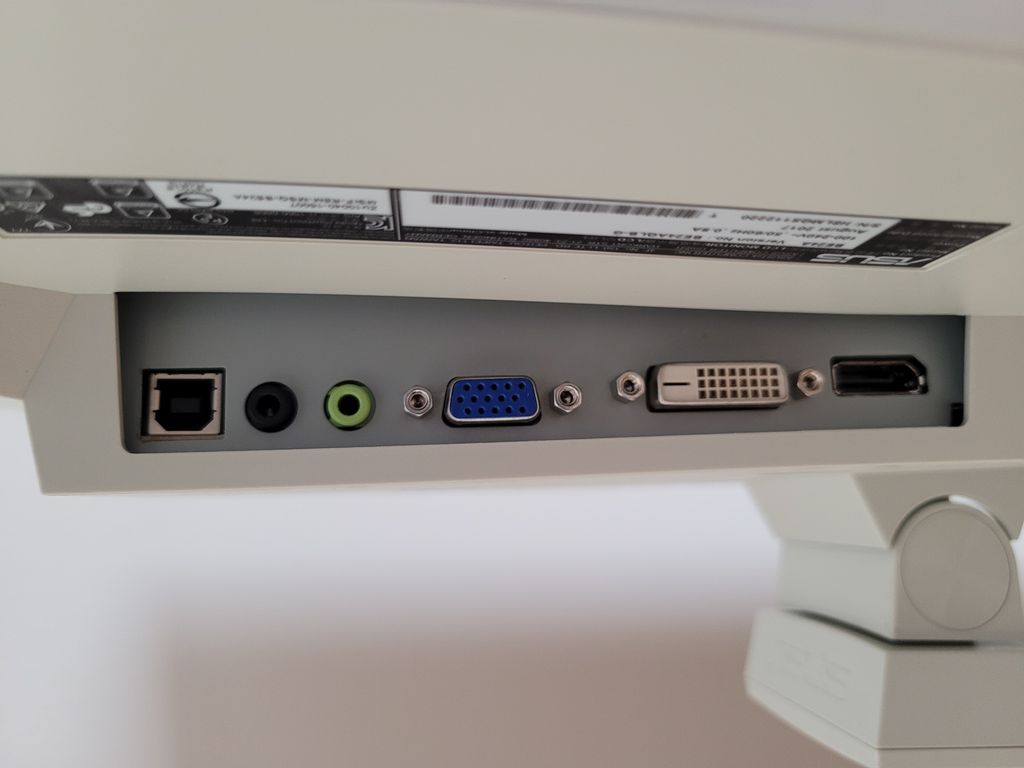
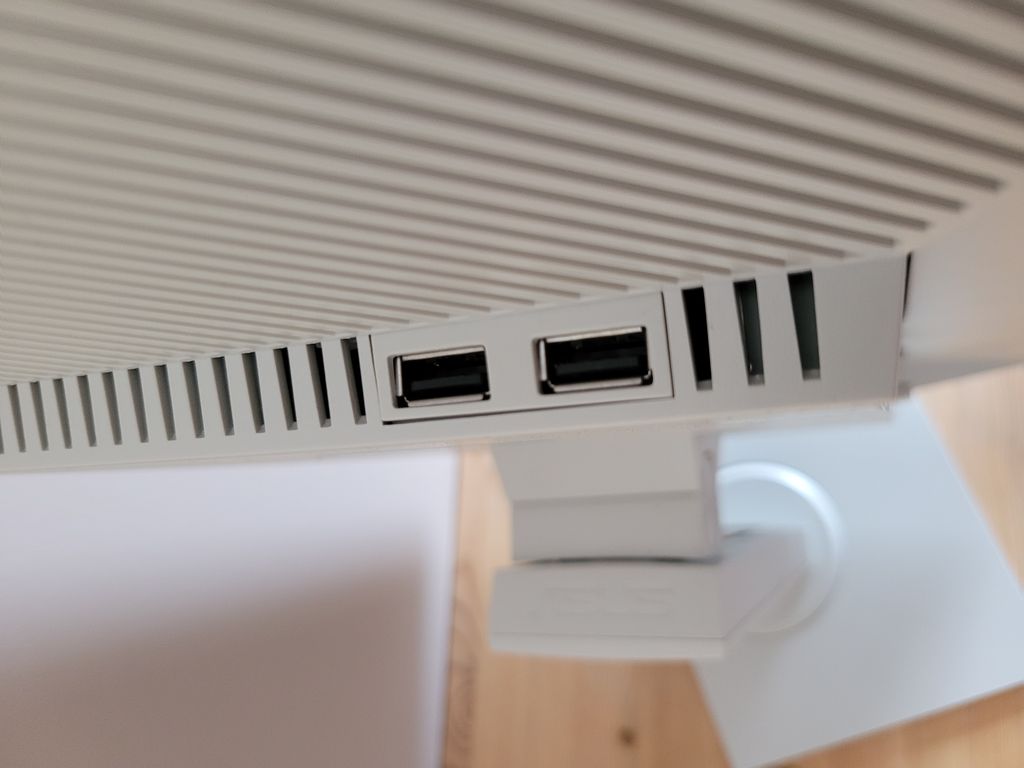
Killer feature - monitor stand
The biggest advantage of the monitor - the thing that convinced us to choose this particular model is the stand that the monitor is equipped with. It allows for adjustment at practically every angle and direction we can think of.
rotation around its own axis
tilt forward and backward
pivot function both to the left and to the right
height adjustment
Thanks to such a rich range of adjustments, we are able to tailor the monitor to absolutely any workstation.
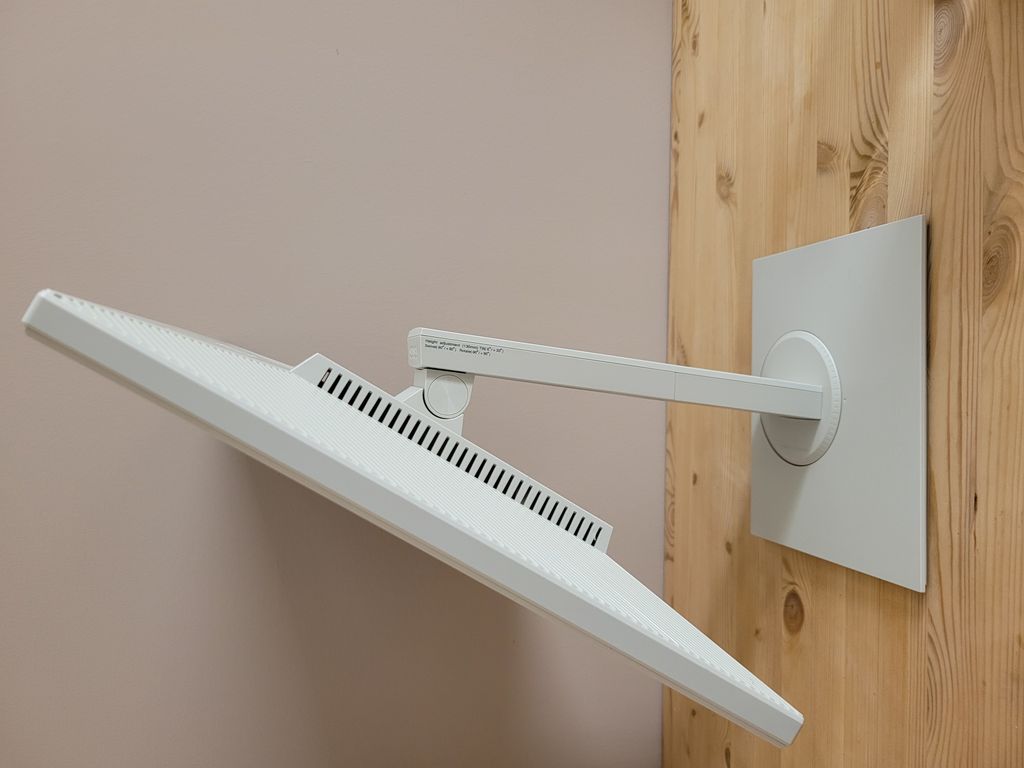
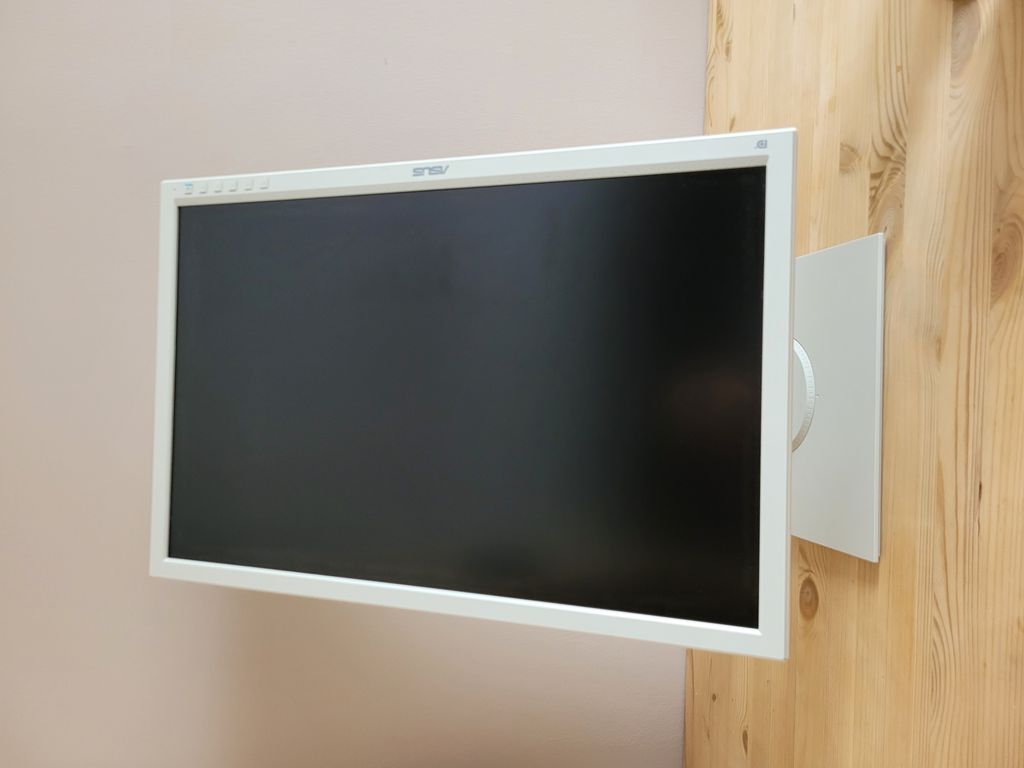
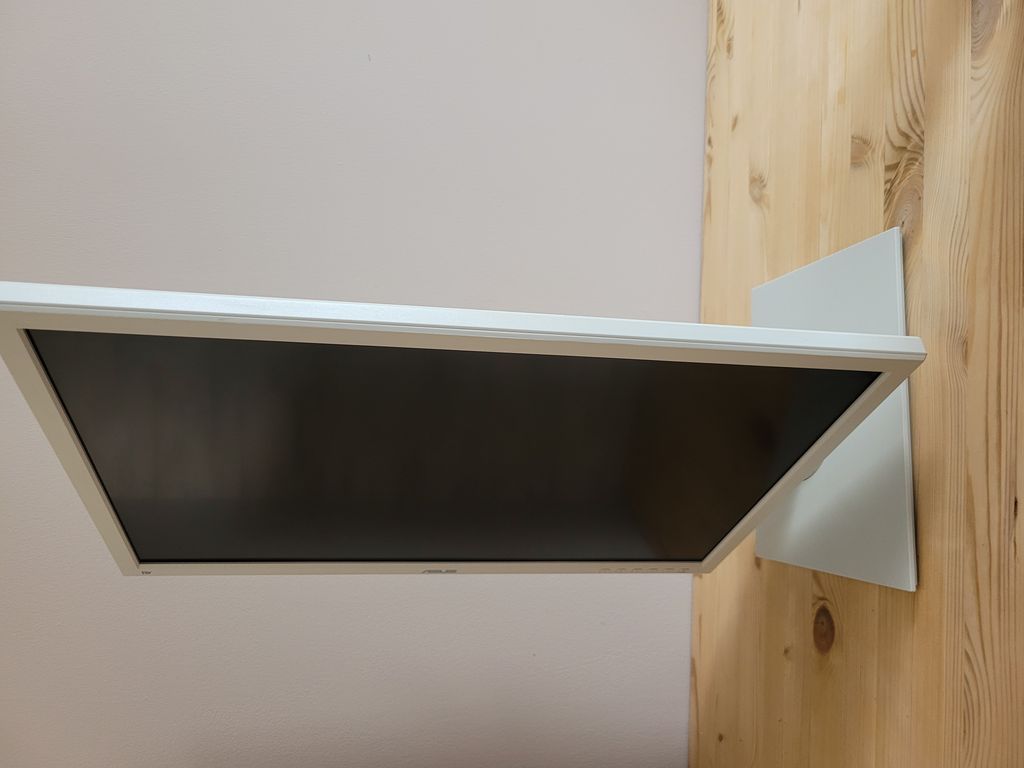
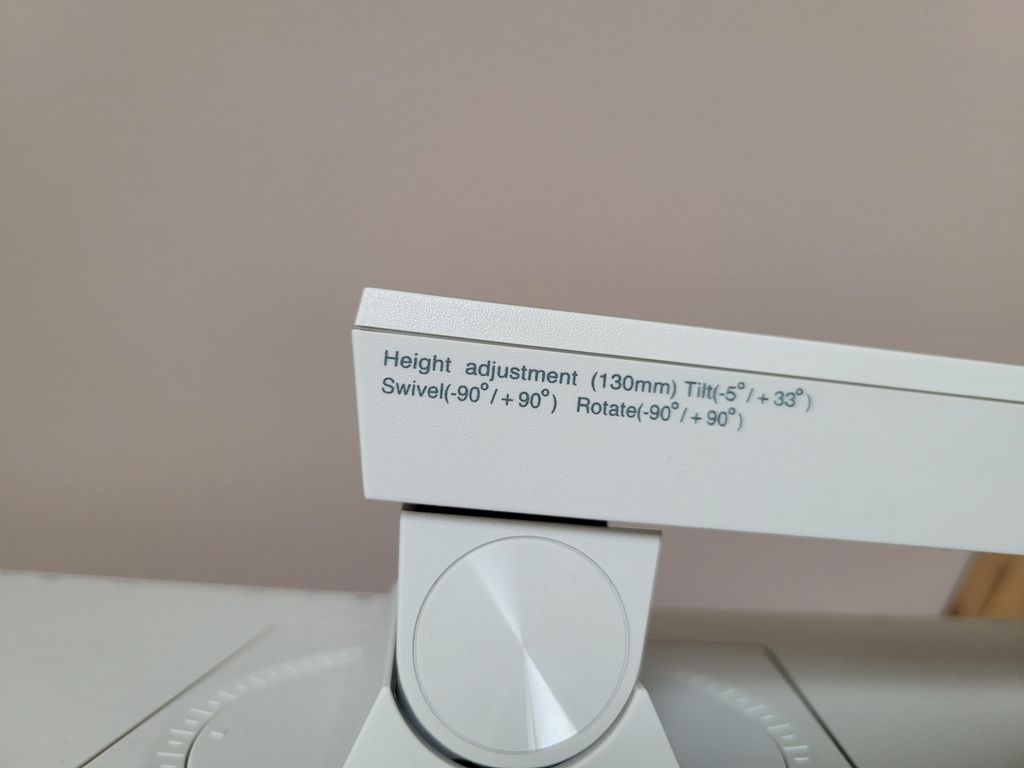
Monitor Features
The monitor has rich adjustment options. With the "quick menu," we can quickly and conveniently adjust the monitor brightness and apply a blue light filter that has a 5-level scale. From this menu, we can also display grids of various document and photo formats, including A4, B5, 8x10, 5x7.
The monitor has 7 image modes, including sRGB Mode for graphic work (at least in theory, which we will explain shortly :)).
In the main menu, we have the option to adjust
brightness
contrast
color saturation
color temperature
skin tones.
In further tabs, we have the option to adjust the following functions:
Clarity: the adjustment range is from 0 to 100.
Trace Free: adjusts the monitor's response time.
Aspect Control: allows you to adjust the image aspect ratio
VividPixel: enhances the contours of the displayed image
ASCR: allows turning the ASCR (ASUS Smart Contrast Ratio) function on/off
Position (option available only for VGA input): allows adjusting the image position horizontally (Horizontal Position)/vertically (Vertical Position)
Sharpness (option available only for VGA input): reduces noise in the horizontal and vertical lines of the image by adjustment
Additionally, some interesting features include:
the ability to compare individual image modes on a split screen
Eco mode
the ability to charge devices via the built-in USB port
Navigation through the settings menu is very simple and intuitive – the buttons are located on the front bezel of the monitor, and the functions of specific buttons are displayed on the screen
How does the screen perform with our measurement equipment?
Before calibration
As the format of the article is quite loose, we will not overwhelm you with detailed graphs. We will only show the deltaE errors and the image before and after calibration, and we will advise which mode to choose.
The best factory mode turns out to be standard mode. The sRGB mode that would indicate ideal colors turns out to be one of the worst modes on the monitor.
This is how the monitor looked at the best factory settings before calibration:
average deltaE error on the grayscale | Red deltaE | Green deltaE | Blue deltaE | Cyan deltaE | Magenta deltaE | Yellow deltaE | White deltaE |
|---|---|---|---|---|---|---|---|
11.62 | 3.5 | 2.6 | 3.1 | 8.1 | 3.2 | 2.7 | 11.1 |
Factory settings could be better; the monitor has a heavily bluish grayscale (it has a lot of blue light) and oversaturated colors. In this regard, we were hoping for a little more—especially after a mode proudly named sRGB.
After Calibration
Monitor parameters after calibration:
average deltaE error in grayscale | Red deltaE | Green deltaE | Blue deltaE | Cyan deltaE | Magenta deltaE | Yellow deltaE | White deltaE |
|---|---|---|---|---|---|---|---|
0.47 | 3.1 | 2.6 | 1.6 | 0.6 | 1.7 | 2.5 | 0.1 |
The calibration fixed all the issues of that monitor. Now the image is much more enjoyable to watch and less tiring for the eyes.
Summary
It turns out that you don't have to spend a large amount if you need an additional monitor. Already for 35$, you can buy a screen that will help you with your daily tasks. The monitor has a lot to offer. The Asus BE24A monitor is one of the best options available on the market at this price. Performance, build quality, and the features it offers place it among the top monitors under 50$. Despite its low price, it offers features that are usually found in more expensive models. It is also worth mentioning that the 50$ monitor works great in both office applications and during entertainment. This means users don't have to compromise between price and quality, making it one of the most cost-effective choices on the market. We are very positively surprised by the amount of conveniences and features that support daily work with the equipment. The only downside that can be seen is the tiring image due to blue light. Temporarily, one can use the built-in blue light filter in the device, but if you want to achieve the best possible image, you need to opt for calibration. Anyone interested is invited to visit the skalibrujtv.pl/kontakt/ page.














